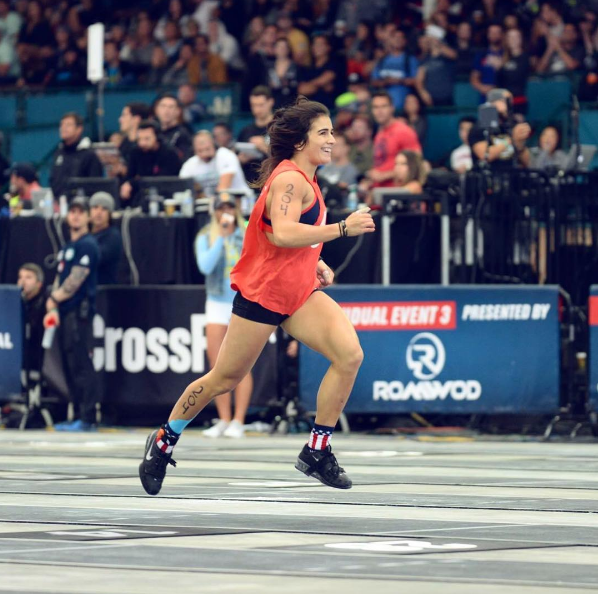
Common Position Faults in Running
Written by Nuno Costa
In a previous blog post, I covered the Essential Concepts of Efficient Running and now we’re circling back to the ideal position and cover some of the common mistakes when we violate these mechanics.
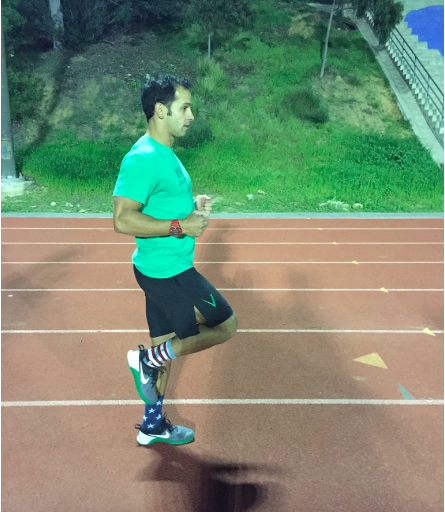
As mentioned, when your posture/position is compromised you are running sub-optimally, and what does that look like?
One of two major faults usually shows up:
Fault #1: Heel striking occurs when your foot is landing out in front of your general center of mass. This will slow down the movement and cause shock waves to shoot up the entire chain, which is why you hear runners complain of shin-splints, knee issues and even low back pain. As you can see in the picture below my leg is not only out in front, but the knee is also extended which is a double whammy. Ideally we want you to learn to fall properly so you are landing on the ball of your foot and then allowing your heel to lightly kiss the ground and not leading with the heel first.
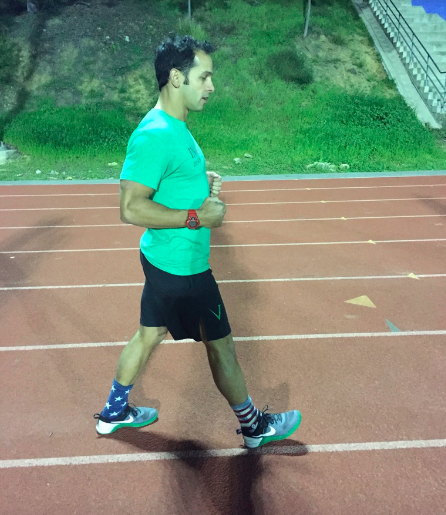
Fault #2: Overextending out the back. As you can see in the picture below my trail leg is almost over extended, which means I am late at pulling my foot off the ground and it will take me longer to get into my ideal position which is inefficient. The longer it takes me to get to my ideal position, the more work my body and muscles are having to do. In this scenario we want you to learn how to pull more quickly; we want you use your hamstrings to get your foot back under your hip (insertion point) – just refer to the picture of the ideal position for reference. If someone is late at pulling it usually means they are pushing off the ground; this is what leads to injuries in the achilles and calf area as well as pulled hamstrings.
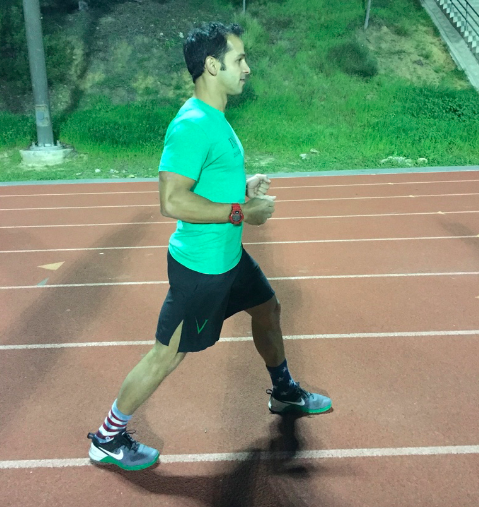
You want to make sure you have elasticity in your muscles when you are running. When you allow yourself to over reach or overextend your muscles, they will be in loaded positions and required to do more work. Ideally you want it to look like the picture below; soft bend in the knees both legs. Think of a cat or a dog; their back leg never overextends. Run like a cheetah.
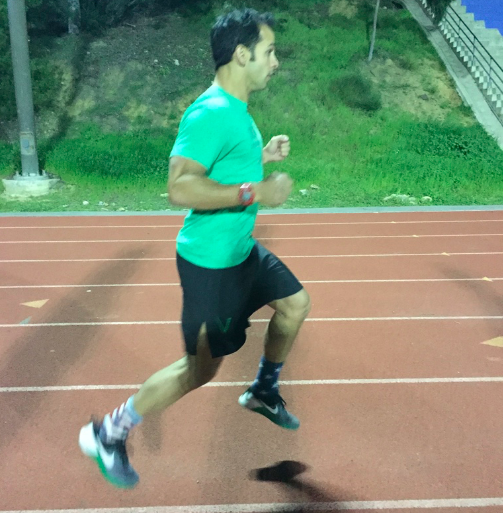
The best thing you can do is videotape yourself or have someone else record your running so you can slow it down and see what’s really going on; 30 frames per second tends to give you a great perspective and most smartphones have this function. If not, then use the app Coach’s Eye. A lot of times we think we are in good positions and then we look at video and realize we are slightly off – this happens all the time in Olympic Weightlifting as well as running. I’ll cover some additional running faults in another blog post; stay tuned.
After the first running injury that i had, i made
a decision to do something different. A trained
expert told me to consider my type of feet
before making the next commitment. And eventually,
my researches led me to this site – https://toprunningshoesforflatfeet.com
I wonder what kind of shoes you’re wearing, is for beginners or for pro runners?
So that I’ll know what to buy. http://www.gearweare.com/
I wonder what kind of shoes you’re wearing, is for beginners or for pro runners?
So that i’ll know what to buy. http://www.gearweare.com/
Running will really turn out bad if you’re not well-prepared for it. In my opinion, I guess using the right shoes is important. As what I’ve read on http://www.runnerclick.com, shoes play a vital part in running since it will help you prevent further injuries to happen.